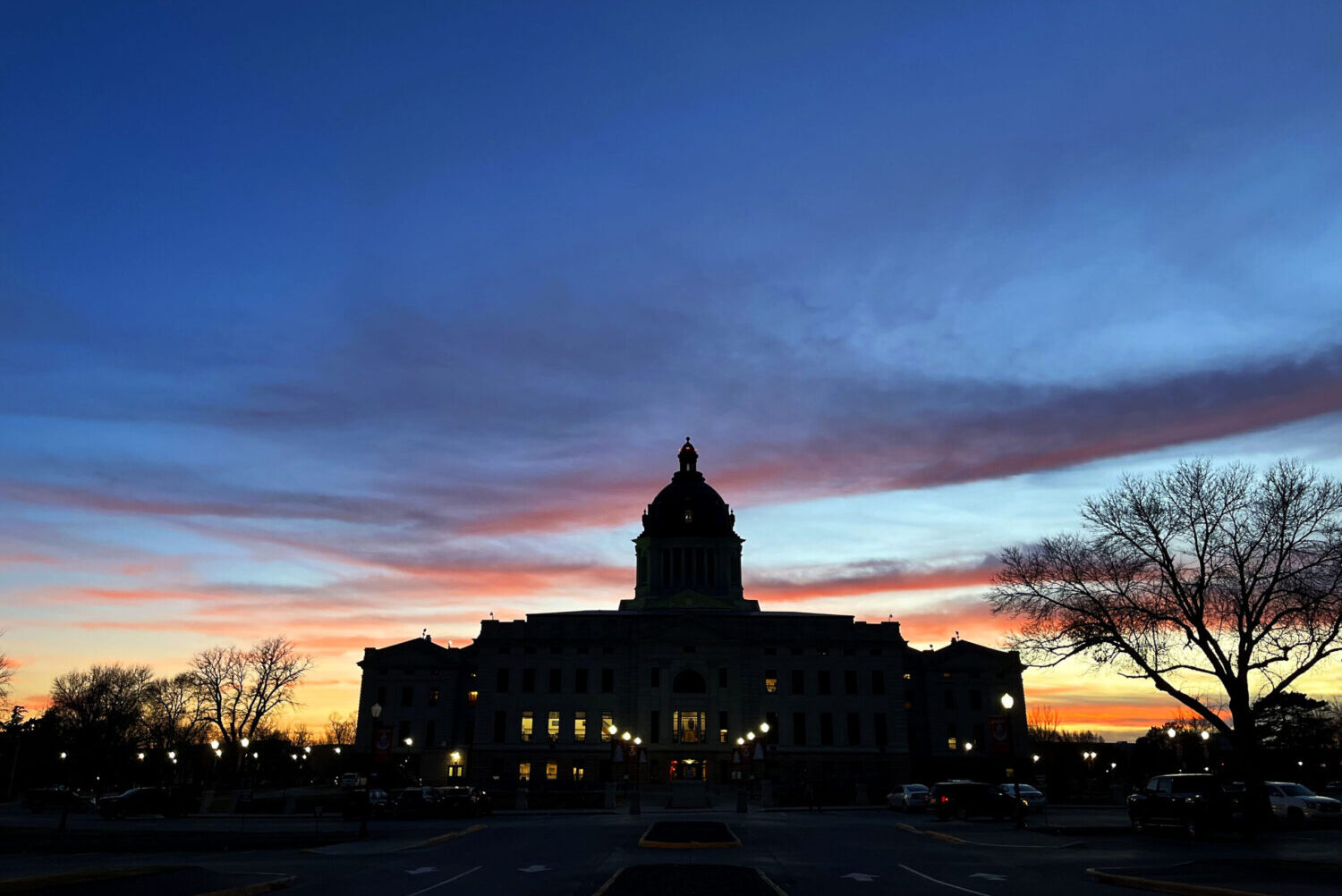
Makenzie Huber/South Dakota Searchlight – South Dakota’s population will continue to grow, but at a slower rate, while continuing to become more diverse and elderly in the next couple of decades, according to state demographer and South Dakota State University professor Weiwei Zhang.
Zhang presented her findings, based on census data, to the legislative House State Affairs Committee on Wednesday at the Capitol in Pierre.
That projected change in demographics will inform legislative priorities this session and for future sessions, said House Majority Leader Will Mortenson, R-Pierre — especially regarding education, long-term care and workforce development.
“We’re just flat out short on people,” Mortenson said during the meeting.

South Dakota’s unemployment rate was 2% in November 2023, with a record low of 1.8% in June. South Dakota had 30,000 job openings in August 2023, according to the U.S. Bureau of Labor Statistics.
Enrollment in public and private schools shrank by more than 600 students this school year. Long-term care facilities — such as nursing homes and assisted living facilities — are preparing for greater strain on the industry as the state’s population ages.
South Dakota’s population growth of 8.9% from 2010 to 2020 is slightly higher than the national average. The state’s growth is expected to slow to about 7% from 2020 to 2030, Zhang said. South Dakota’s estimated population stands at over 900,000, according to a September 2023 census report.
Laws should be made “with the next generation and the generation after that in mind,” Mortenson said after the meeting.
“We have a massive demographic shift underway,” he said. “Our population is growing older. We have more demand for services — from healthcare to manufacturing to education to hospitality — without a suitable number of folks to provide for them. Keeping our kids here and attracting others is paramount for the success of our state and twenty years from now.”
Birth rate decreases, but remains higher than national average
Adults older than 65 years are projected to surpass 20% of the state’s population by 2030, and children are expected to drop below 20% of the state’s population by that time.
A drop in the state’s birth rate factors into that demographic switch. Before the COVID pandemic, the state reported 15 live births per 1,000 people. After the pandemic, there are about 12 live births per 1,000 South Dakotans, Zhang said.

That drop in births follows the national and international trend for developed countries, though South Dakota is one of the top states for fertility, which is the number of children born to women of childbearing age. South Dakota ranked highest in the country for fertility rates in 2022, closely followed by North Dakota. The state is on track for “replacement fertility,” Zhang said, which means enough babies are being born in the state to replace the prior generation.
Black, Asian and Hispanic South Dakotans are having more babies as their demographic populations rise. White and Native American South Dakotans’ birth rates are declining.
Young, educated adults moving to South Dakota
About 3.5% of the state’s population is foreign born, with that demographic continuing to grow since 1990. Another 3.5% of the state’s population moved to South Dakota from another state.
Slightly more males have moved to South Dakota from other states in 2023, with a large share of migrants holding bachelor’s degrees or higher. Most of those new residents are younger — with 50% under the age of 27 — and move from Minnesota, followed by Iowa, Nebraska, California and North Dakota.
Most foreign-born residents are from Asia and Africa, Zhang said.
Mortality rates increase from pandemic
South Dakota’s death rate spiked during the COVID pandemic. It dropped in 2021 but is not back to pre-2020 mortality levels, Zhang said.
Counties that include reservations report mortality rate increases of more than 40% in the last few years, highlighting a “great geographic disparity,” Zhang said.
Native American males saw the largest decline in life expectancy between 2019 and 2020 — a drop of five years. Hispanic males and Native American females followed with the next largest drop in life expectancies.
